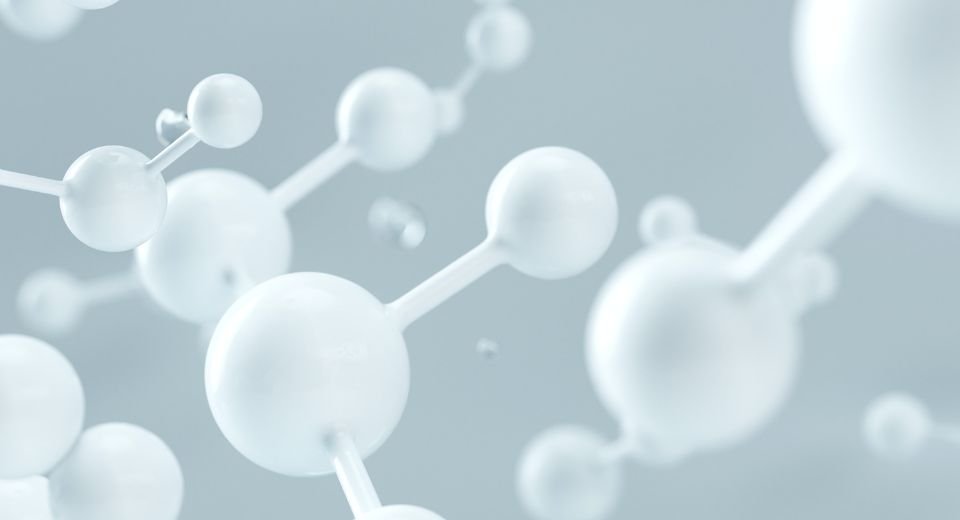HQ Team
July 2, 2023: Biological or chemical threats may be lurking in the universe’s chemical world, or cures for disease and tackling climate change are likely to be hidden among the vast sea of unknown compounds.
Scientists, so far, have come across only one percent of the structures of those chemical compounds and they are after the rest 99% with the help of mass spectrometers.
“Right now, we can take a sample from the soil, where, depending on soil type, there may be thousands of chemical compounds in just a teaspoon’s worth,” said Thomas Metz, who leads an initiative called m/q. “And we don’t know what most of them are in terms of their chemical structures. We simply have no idea what’s in there.”
The m/q initiative or “m over q”—shortened for mass divided by charge, is one of the ways that scientists measure chemical properties in mass spectrometry.
The m/q scientists, instead of framing their questions within the relatively small number of compounds that can be identified in conventional mass spectrometry measurements, are trying to leapfrog current limitations and create a whole new way of identifying what is unknown today.
Telescope to stars
It’s like a new telescope revealing several distinct stars where before, just one blurry hodgepodge of celestial bodies was visible.
A team led by scientist Adam Hollerbach has combined two high-resolution instruments into one system to size up molecules in unprecedented detail. The results were published in Analytical Chemistry.
Department of Energy’s Pacific Northwest National Laboratory scientists could make several important measurements about chemical compounds in one experiment, gaining important information faster, more conveniently, and more accurately than before.
The technique applies to ions—molecules that have either a positive or negative charge. That makes them easier to control and possible to detect using mass spectrometry.
Ions have many features that distinguish one from another. In people, weight, hair color, size, shape, eye color, and many other characteristics helps to know who’s who.
Molecular behavior
For ions, identifying characteristics include mass, shape, size, electric charge, and chemical composition. Those not only serve as identifiers but also as guides to the associated molecules’ behavior—clues to their potential to cure disease or absorb pollutants.
The understanding should help the efforts of scores of scientists at the laboratory to understand the effect of microbes on climate.
Microbes play a key role in transforming elements like carbon into other forms that are important for the planet. Their impact on warming or cooling the planet is enormous.
“There may be millions of microbes in just a gram of soil, and we don’t know who most of them are or what they do. There’s a lot of discovery still to happen,” said Metz. “From the viewpoint of challenging science, it’s either a worst-case scenario or one of our greatest opportunities, depending on how you look at it.”
The work involves putting molecules through their paces in the laboratory, and on computers, where scientists model what they are seeing and predict what they will likely see.
Ion mobility spectrometer
Two instruments are involved —one a mass spectrometer and the other SLIM: structures for lossless ion manipulations, an ion mobility spectrometer. Together the data yields the ion’s collision cross section, its molecular formula, and its fragmentation pattern, properties that are central to understanding a molecule’s structure.
“Two different molecules can have the same number of atoms, and the same mass and charge, but they could have very different structures and activity. That’s where SLIM comes in to tell the difference,” said Hollerbach. “Just one small change can mean the difference between a molecule that is indicative of a disease and one that’s not.”
Scientists are also working on additional ways to identify or exploit unknown molecules. Some are creating ways to use data like that from Hollerbach’s experiment to predict an ion’s structure automatically, so drug makers and other scientists would know exactly what they’re working with.
Some other m/q scientists are scouting out the millions of possibilities for forms of compounds such as fentanyl, sorting out what’s unlikely from what might show up on the street one day. Then they predict how those compounds would behave inside a mass spectrometer—creating a way to identify them if and when they do show up.
